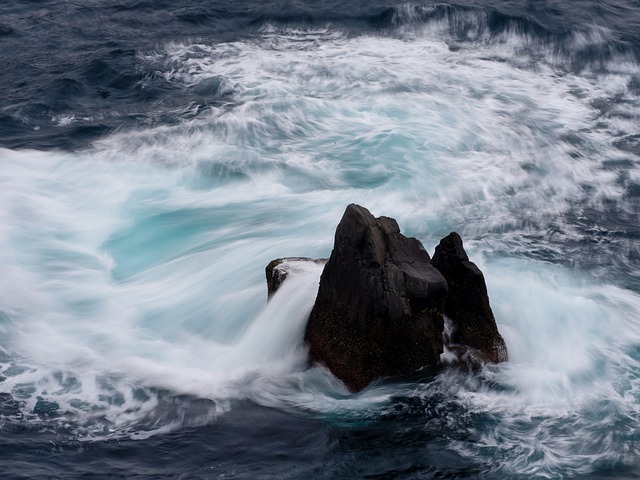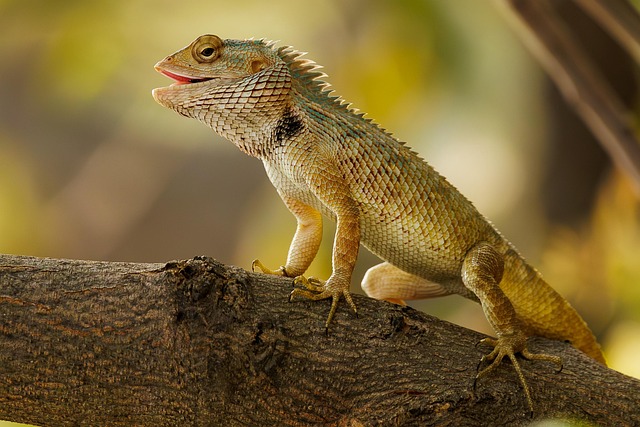
The Silent Predator: Exploring the Killer Instinct of Reptiles in the Wild
When we think of predators in the animal kingdom, images of fierce lions or swift hawks often come to mind. However, we cannot overlook the cold, calculated killer instinct that lurks within the world of reptiles. These ancient creatures, clad in scales and equipped with an impeccable camouflage, navigate their environments with a silent precision that is both mesmerizing and terrifying.
Reptiles have roamed the Earth for millions of years, and their survival is a testament to their ruthless efficiency as predators. Imagine watching a crocodile lying motionless on the riverbank, its eyes barely breaking the surface, waiting for the opportune moment to strike. This is a display of nature’s killer instinct; every fiber of that reptile’s being is honed for the singular purpose of survival through predation. The crocodile’s patience levels are unmatched, making it a formidable hunter of the water.
Moving into the world of snakes, one can witness the killer instinct in action through their unique hunting styles. The silent strike of a rattlesnake or the constricting embrace of a boa constrictor tells a story of evolution perfected over time. While they may seem cunning, their approach often relies on stealth; the world around them becomes a stage for their silent ambush, displaying a killer instinct that few can rival. Here, the very definition of patience reinvents itself. Snakes like the green tree python utilize vibrant colors for camouflage, luring unsuspecting prey into their grasp.
Even the seemingly innocuous iguana can exhibit killer traits in the wild, especially when defending territory or during mating season. The lesser-known confrontations happen when males wrestle aggressively, and their true nature reveals itself. The killer instinct in nature isn’t solely about consuming prey; sometimes, it’s about establishing dominance and survival away from the food chain.
Moreover, these reptiles boast an impressive array of tools designed for killing. The execution of their ability to hunt often lies in their adaptations—sharp claws, razor-like teeth, and even venom. Interestingly, venomous snakes, such as cobras and vipers, present a different angle of the killer instinct, where their ability to immobilize prey with mere bites showcases their evolution’s deadly utility. The importance of these adaptations in the food web underscores a natural balance between hunter and prey.
The habitats of these reptiles offer further insight into their predatory strategies. Whether it’s the arid deserts where the Gila monster roams, or the lush forests where chameleons blend into their surroundings, each environment boasts specific challenges that these killer reptiles have learned to overcome. Their instincts are deeply entwined with their natural habitats, and their ability to thrive in diverse landscapes reflects their adaptability, a crucial trait for survival.
As we explore the wild where these reptiles thrive, we must recognize that their killer instincts are not borne from malice but from a deep-rooted desire to survive. They embody the very essence of nature, showcasing the raw, unfiltered beauty of the food chain. Through their silent predation, they remind us of the delicate balance that exists in the wild—the seamless melding of life and death, predator and prey. In a world where human interference can disrupt this balance, understanding and appreciating these remarkable creatures and their killer instincts is imperative.



